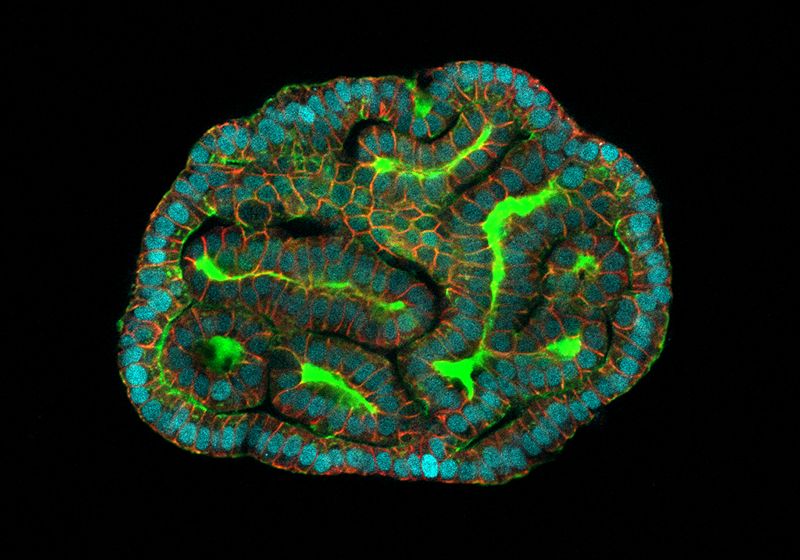
Allow me to elaborate on a critical reason for our lack of growth by utilizing the science of sociobiology. Sociobiology, the study of social life through the lens of biology, tells us that, in the past and, to a lesser extent, now, intensity of labor, subordination of women, creation of female and male-centric roles and the use of symbols drove the structure of patriarchal societies. But that’s clearly illogical. What does the intensity of labor have to do with the capacity of any gender to envision the problems of this world and create solutions?
It doesn’t. It was a woman that founded the world’s oldest university, 500 years before the age of universities in the medieval era. The introduction of smallpox inoculation, or the protection against infection, in western medicine was brought about by a woman. One of the most valuable scientific laws, the Law of Conservation of Energy, began from commentary, by a woman, on Isaac Newton’s most famous work. The first treatment for leprosy, or Hansen’s disease? The link between chloresterol and clogged arteries? The first to bring awareness of the effect of financial status and gender and racial discrimination on health? Women.
And I can keep going. There are an immense amount of hidden, female figures in human history that can be found to have contributed massively to the library of knowledge that we humans have since built on. However, the question is, “how far would we have gotten if societal roles were not hindering their, and our, growth?”
With Unity Comes Progress
Many say that the problems of the largest units — countries — begin with the problems of the smallest — families and communities. Well what happens when an entire community is involved in solving a problem?
This is very simple, but I will add an analogy in the form of a question to clarify: how do you surmount a roadblock if everybody thinks the same way or has experienced the same thing?
When there are problems to be solved, people tend to call upon their experiences to inform their patterns of thought. Therefore, if everyone had the same experiences, then there would be no difference in how people think. Diversity of thought can only come from diversity between people. That said, when a community works together on a problem, it is more likely for that problem to be solved. Many heads are better than a few.










Leave a Comment